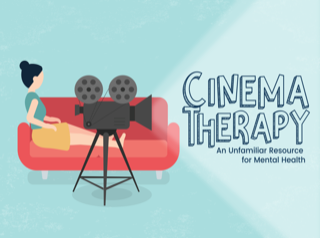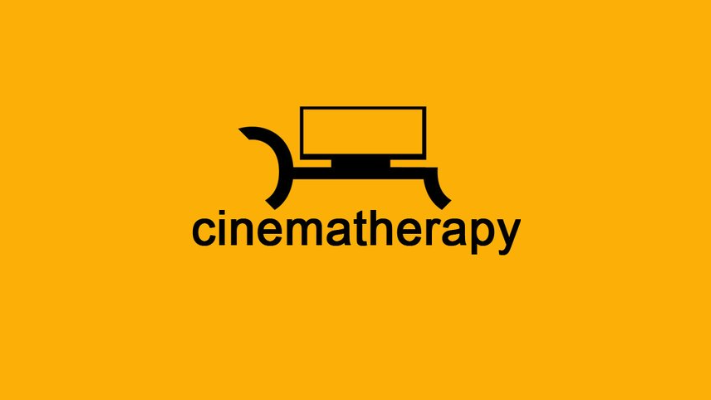By Sofia Latina,
Have you ever thought of the term “cinema therapy” in psychotherapy?
Cinema therapy is the use of cinema or movies to manage medical, mental issues or to improve the emotional well-being of the patient. It’s a form of expressive therapy that helps people to access their emotions through viewing their reflective self in the movies and relate to the characters. But is that really a modern way of healing as we might think or it has deep roots considering the Ancient Greece?
These modern, expressive tools do have deep origins, going back hundreds of years in Ancient Greece. The audience could identify their own hidden self through collective experience, the power to peer into your own emotional and mental cosmos and experience positive feelings of relief and encouragement and finally reach “catharsis” the process of coping with your own sadness or negative thoughts while being in the early stages of depression. This can be successfully reached when you share feelings of empathy and compassion with the protagonists. When you find yourself living in a parallel situation and you’re willing more than ever to get to grips with some parts of yourself that already exist in other people’s lives. As effective and influential as art can get, people can reconsider their beliefs while seeing themselves in distance with similar patterns like them. Freud highlighted “catharsis” as a powerful way of releasing repressed thoughts that prevent people gain happiness and purification. When you watch a play or a movie, laughter and cry can help you improve your emotional state and can become the most effective medicines when you’re struggling with your negative and repressed feelings. There isn’t a better way to question your insight and feelings through an observational stage.

A picture may very well be worth a thousands words. But an emotional picture? May be even more powerful than that. A picture is so powerful that can increase our emotional intelligence and social connectivity. It can help people manage stressful situations or difficult circumstances that include other people, it can contribute positively to patients that are under addiction, suffer from domestic violence, panic attacks, depression, eating disorders or other mental illnesses. It can be a cure for anyone that wants to benefit from a fresh perspective and doesn’t want anymore to deviate from negative thought patterns. Thus, the trapped negativity of your life will be replaced from the emotional purge and detox that you’ll be giving effortlessly in your life while ceasing bad behavioral patterns that were gifting you with negative attributes. The client can thoroughly benefit from a learning experience that touches deeply the characters and connect both through their shared experience and emotions. He can gradually internalize their experience and develop a meaningful connection.
Alongside the therapeutic relationship, therapists can use deep and thought provoking questions to help clients identify their insights and feelings. The most prominent can be about feelings and sensations that are captured while watching a movie, the similarities or differences that a role can have with the client, a behavior that wants to emulate or some certain characteristics.
Of course in the case of long-standing psychological problems cinema therapy can only be recommended in the context of psychotherapy and with the supervision of a trustful consultant.
References
- Cinematherapy: using movies for healing and growth. cinematherapy.org. Available here




